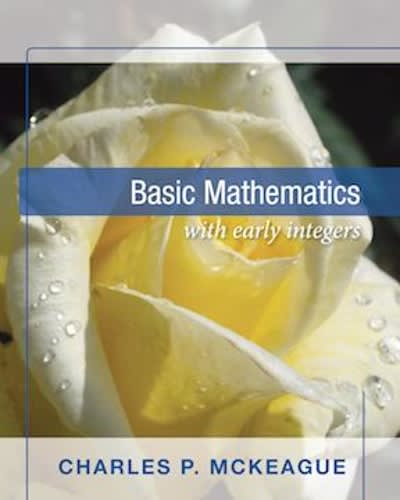I need to write a presentation script on chapter2, my presentation is expected to be 10 mins long. So here i need someone to help me with my presentation script in which i can find everything i have to say during my presentation.
Back in the early 20th century, courses in statistics (like the one you are taking) were not offered as part of undergraduate or graduate curricula. The field was rel- atively new, and the nature of scientific explorations did not demand the precision that this set of tools brings to the scientific arena. COMPUTING AND But things have changed. Now, in almost any endeavor, numbers count (as Francis UNDERSTANDING Galton, the inventor of correlation and a first cousin to Charles Darwin, said as well). This section of Statistics for People Who (Think They) Hate Statistics is devoted AVERAGES to understanding how we can use statistics to describe an outcome and better understand it, once the information about the outcome is organized. Means to an End Chapter 2 discusses measures of central tendency, how computing one of several different types of averages gives you the one best data point that represents a set of scores and when to use what. Chapter 3 completes the coverage of tools we Difficulty Scale Cee need to fully describe a set of data points in its discussion of how scores differ (moderately easy) from each other, including the standard deviation and variance. When you get to Chapter 4, you will be ready to learn how distributions, or sets of scores, differ from one another and what this difference means. Chapter 5 deals with the nature of relationships between variables, namely, correlations. And finally, Chapter 6 intro- duces you to the importance of reliability, the randomness in scores, and validity, WHAT YOU WILL LEARN whether scores represent what they are supposed to, when we are describing some IN THIS CHAPTER of the qualities of effective measurement tools. When you finish Part II, you'll be in excellent shape to start understanding how . Understanding measures of central tendency we use an understanding of chance to make inferences in the social, behavioral, Computing the mean for a sample of scores and other sciences. . Computing the median for a sample of scores . Computing the mode for a sample of scores . Understanding and applying scales or levels of measurement . Selecting a measure of central tendency you've been very patient, and now it's finally time to get started working with some real, live data. That's exactly what you'll do in this chapter. Once data are collected, a usual first step is to begin to understand all those bits of information using single numbers to describe the data. The easiest way to do this is through computing an average, of which there are several different types.Part II I zigma Freud and Descriptive statistics An average is the one value that best represents an entire group of scores. it doesn't matter whether the group of scores represents the number correct on a spelling test for 30 fth graders or the typical batting percentage for all the baseball players on the New York Yankees or how voters feel about a congressional candidate. in all of these examples, a big group of data can be summarized using an average. You can usually think of an average as the \"middle" space or as a fulcrum on a seesaw. It's the point in a range of values that seems to most fairly represent all the values. Averages. also called measures of central tendency, come in three avors: the mean, the median, and the mode. Each provides you with a dilferent type of infot

















